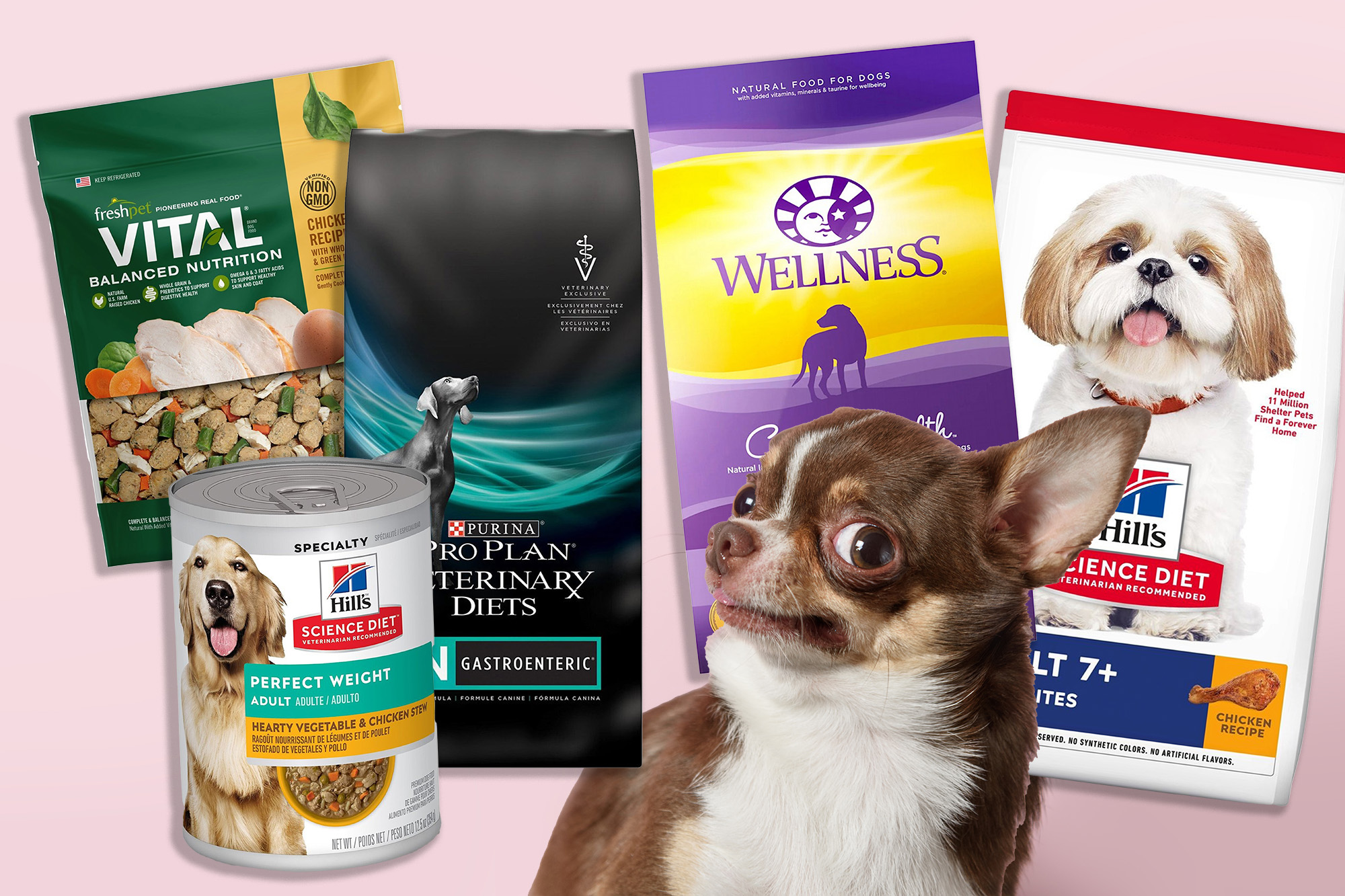Introduction
Pets are beloved members of many families, providing companionship, love, and joy. However, for low-income families struggling to make ends meet, the cost of pet food can become a significant financial burden. Fortunately, there are resources available to help alleviate this concern. In this guide, we’ll explore various avenues through which low-income families can access free pet food, ensuring that both humans and their furry companions can thrive without sacrificing essential nutrition.
Local Animal Shelters and Rescue Organizations
Many animal shelters and rescue organizations offer programs specifically designed to assist low-income pet owners in need. These programs may provide free pet food, as well as other essential supplies such as bedding, toys, and grooming products. By reaching out to local shelters and rescues, families can access assistance tailored to their circumstances while also supporting the vital work of these organizations in caring for homeless animals.
Community Pet Food Banks
Similar to food banks for humans, community pet food banks aim to provide pet food assistance to families experiencing financial hardship. These organizations rely on donations from individuals, businesses, and pet food manufacturers to stock their shelves with a variety of pet food options. Low-income families can visit these pet food banks to receive free or subsidized pet food, ensuring that their furry friends receive the nourishment they need to thrive.

Nonprofit Organizations and Charities
Numerous nonprofit organizations and charities are dedicated to supporting pet owners facing financial challenges. These organizations may offer assistance through pet food distribution programs, financial aid for veterinary care, and educational resources on responsible pet ownership. By partnering with these nonprofits, low-income families can access a range of services and support networks to help them care for their pets effectively.
Government Assistance Programs
Some government assistance programs, such as food stamps (SNAP) or Temporary Assistance for Needy Families (TANF), may allow recipients to use benefits to purchase pet food in certain circumstances. While not all states or jurisdictions permit this use of benefits, it’s worth researching eligibility criteria and program guidelines to determine if such assistance is available in your area. Additionally, local animal control agencies or social services departments may offer pet food assistance programs or referrals to relevant resources.
Pet Food Manufacturers and Retailers
In response to growing awareness of pet food insecurity, many pet food manufacturers and retailers have established initiatives to provide free or discounted pet food to low-income families. These initiatives may take the form of donation programs, voucher systems, or partnerships with charitable organizations. By contacting pet food manufacturers or retailers directly, families can inquire about available assistance programs and eligibility requirements.
Online Pet Food Assistance Platforms
With the rise of digital technology, online platforms have emerged to connect pet owners in need with donors willing to provide assistance. Websites and social media groups dedicated to pet food assistance allow individuals to request help or donate surplus pet food. These platforms facilitate direct communication between donors and recipients, making it easy to coordinate food donations and deliveries. By leveraging the power of the internet, low-income families can access pet food assistance from anywhere, regardless of geographic location.
Educational Workshops and Outreach Programs
In addition to providing free pet food, many organizations offer educational workshops and outreach programs aimed at empowering pet owners with the knowledge and skills needed to care for their pets effectively. These programs may cover topics such as proper nutrition, basic grooming techniques, and preventative healthcare measures. By equipping low-income families with essential pet care knowledge, these initiatives help ensure that pets receive comprehensive care and support for their overall well-being.
Conclusion
For low-income families struggling to afford pet food, accessing free resources can make a significant difference in their ability to provide for their furry companions. From local animal shelters and community pet food banks to nonprofit organizations and government assistance programs, various avenues exist for obtaining the support needed to ensure that pets receive proper nutrition and care. By leveraging these resources and advocating for continued support for pet owners in need, we can help promote the health and well-being of both pets and their human families in our communities.










